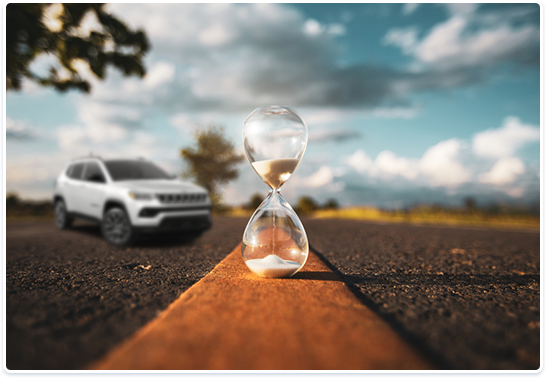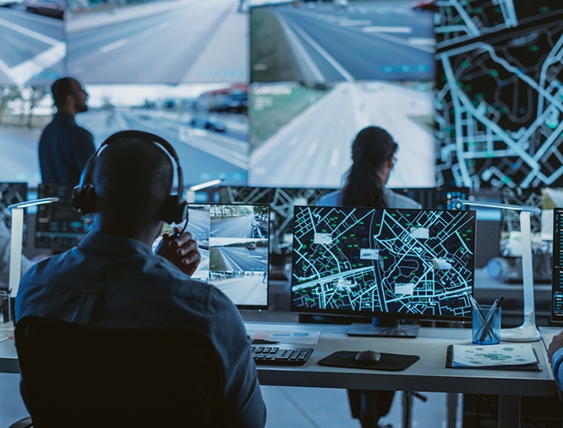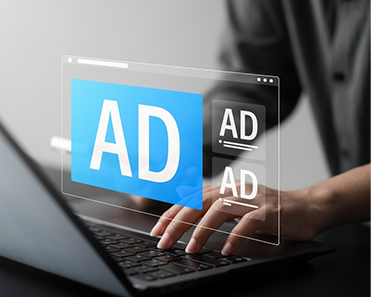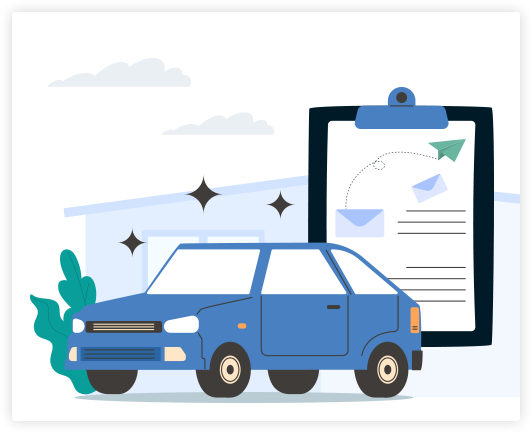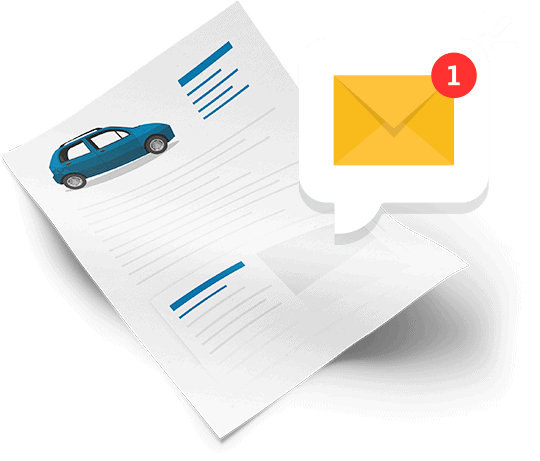Google’s algorithm updates are pivotal events that can significantly reshape online visibility strategies for brands online, and the same stands true for car dealerships. The November 2023 core update, announced on November 2nd, is no exception.
Understanding and adapting to these changes is crucial for car dealerships, which increasingly rely on digital platforms to attract and engage customers. This blog aims to delve deeper into the nuances of this update and its potential impacts on car dealerships’ digital strategies.
Decoding the Update:
Google’s core updates are notoriously enigmatic, with specific details of the changes often not disclosed. However, what’s clear is that these updates aim to enhance the user’s search experience by prioritizing high-quality, relevant content. For car dealerships, a shift may be required in how they approach their online presence.
Detailed Impact on Car Dealerships:
Search Rankings and Visibility: Fluctuations in search rankings can dramatically affect online traffic. Dealerships may need to optimize their websites to align better with the updated algorithm.
Content Depth and Authority: The update places a premium on authoritative content. For dealerships, this means creating in-depth content that covers topics like detailed car reviews, the latest automotive technologies, and insights into car maintenance.
Enhanced Focus on Local SEO: Local SEO becomes even more critical. Dealerships should ensure their Google My Business listings are updated and optimized for local keywords and incorporate local community events and news into their content strategy.
User Experience (UX) and Website Performance: A seamless, fast, and mobile-friendly website is more important than ever. This includes optimizing for mobile users, improving page loading times, and ensuring an intuitive website structure.

Advanced Strategies for Adapting:
Invest in Quality Video Content: Creating engaging video content, such as virtual tours of new models or features, can significantly enhance user engagement and dwell time on the site.
Leverage Data Analytics: Utilize data analytics tools to understand customer behavior on the website and adjust strategies accordingly.
Build a Robust Online Community: Engage with customers through forums, Q&A sessions, and interactive posts. This not only improves engagement but also builds trust and authority.
Implement Advanced SEO Techniques: Consider adopting schema markup to help search engines better understand and display dealership content and optimize for voice search queries.
Focus on Omnichannel Marketing: Integrate digital marketing efforts across various channels like email, social media, and PPC campaigns to create a cohesive brand experience.
Conclusion:
The November 2023 Google core update calls for car dealerships to re-evaluate and enhance their digital marketing strategies. By focusing on creating authoritative content, optimizing for local search, improving user experience, and employing advanced SEO and marketing techniques, dealerships can not only navigate the challenges posed by this update but also capitalize on new opportunities to connect with their audience. In the fast-paced digital arena, staying informed, adaptable, and customer-focused is key to driving success in the online marketplace.
At T3 Marketing, we ensure that all content we create for our clients is meaningful and provides value to their target audience. This ensures that we stay compliant with Google’s core demand to create content that drives decisions and education.







